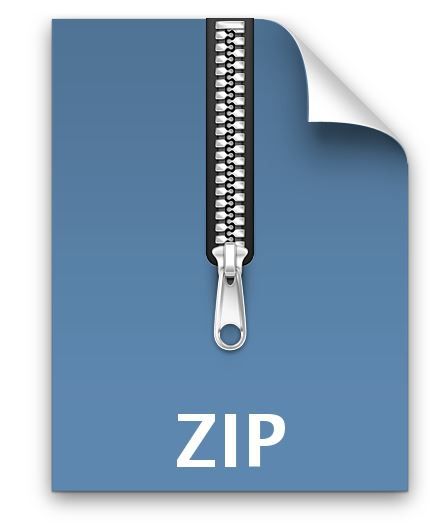$20

CMPE250-Data Structures and Algorithms Project 3 Solved
Description
Joker plundered Gotham City and the city is in big trouble! Commissioner Gordon went to the root of the Police Department to make the apparent move: lighting the BatSignal to call BatMan. But wait! There is nothing on the roof but a note: “Did you lose BatSignal? I know where it is! It is in pieces and distributed to every single road in your damn city! Good job calling BatMan! :)”.
Figure 1: Current situation in Gotham City
Having read the note, Gordon feels desperate. He cannot handle Joker by himself and definitely needs to call BatMan. To light up the BatSignal, he needs to collect the pieces of BatSignal and assemble them on the rooftop. Thus, he has to find a quick way to traverse every single road in Gotham City and come back to the headquarters. Can you help him by drawing such a route?
You know what? To make things faster, we will help you as well by providing the algorithm to find a route as desired. Keep reading!
Hierholzer’s Algorithm
A graph is called Eulerian if it contains a circuit that contains every edge exactly once. A directed graph is Eulerian if and only if in-degree of a vertex v is equal to its out-degree, for all v in the vertex set of G.
Hierholzer’s algorithm finds an Eulerian circuit of an Eulerian graph by iteratively finding and merging tours (a walk with no repeated edges). It picks a starting vertex for the circuit and traverses the non-traversed edges arbitrarily, until it is stuck in a vertex,1 completing a tour. When it is stuck, it merges the found tour with the known Eulerian circuit (initially empty) and finds a vertex in the current circuit with non-traversed outgoing edges. It starts a new tour from this vertex and merges the new tour with the known Eulerian circuit again. The iterations continue until the Eulerian circuit is fully constructed. Note that it can always merge the known Eulerian circuit with the found tour, since they share at least one common vertex (starting vertex of the tour) and their edge sets are disjoint (we traverse only non-traversed edges).
Depending on three parameters, Hierholzer’s Algorithm can find different Eulerian circuits. We explain and fix these parameters as follows to ease the grading.
Starting vertex: We provide a vertex ID in the input file to start and end the circuit.
Edge to traverse when there are multiple options: Traverse the edge that ends in the vertex with the lowest ID.
Vertex to start a new tour: Use the vertex that is closest to the beginning of the current circuit.
You are expected to strictly obey these rules. You can see the pseudocode of the algorithm in Algorithm 1.
Algorithm 1 Hierholzer’s Algorithm
Input: A graph G = (V,E) and a starting vertex v
Output: An Eulerian circuit of G if G is Eulerian, [] otherwise. v ∈ V
1: if not isEulerian(G) then
2: return [ ]
3: eulerianCircuit ← [v]
4: while eulerianCircuit.length <= |E| do
5: tour ← [ ]
6: while v.hasNonUsedEdge() do
7: (v,u) ← v.getFirstNonUsedEdge()
8: mark (v,u) as used
9: v ← u
10: tour.append(v)
11: eulerianCircuit.merge(tour)
12: v ← eulerianCircuit.findFirstVertexinTheCircuitWithAnUnusedEdge()
13: return eulerianCircuit
1The algorithm is stuck in a vertex if every outgoing edge of the vertex is already traversed.
Input & Output
Your code must read the name of the input and output files from the command line. We will run your code as follows:
g++ *.cpp *.h -std=c++11 -o project3
./project3 inputFile outputFile
For sure, you do not have to create any “.h” file if you do not need it. In that case, your code will be compiled as follows: g++ *.cpp -std=c++11 -o project3
Make sure that your final submission compiles and runs with these commands.
3.1 Input
The map of Gotham City is provided in the following format:
The first line contains an integer V that denotes the total number of crossing points of roads (vertices).
The next V lines contains an integer (Vertex ID), another integer (D+) which is the outdegree of this vertex, and D+ integers that represent the Vertex IDs to which there is an edge from this vertex.
The last line contains an integer denoting the ID of the starting vertex.
Table 1 demonstrates an example input and Figure 2 illustrates the schematic description of the input.
Input File
Output File
6
0 2 1 1
1 3 0 2 3
2 1 3
3 2 4 54 1 5
5 2 0 1
0
0 1 3 5 1 0 1 2 3 4 5 0
Table 1: Sample input and output file
3.2 Output
Gordon wants you to find a route that contains all of the roads exactly once. Hence you will print a sequence of vertex IDs separated by space. Table 1 illustrates an example output file and Figure 3 demonstrates the order of the edges as they are included in the circuit. Note that the edge inclusion order and vertex order in the output is different since tours are merged to produce the final circuit.



